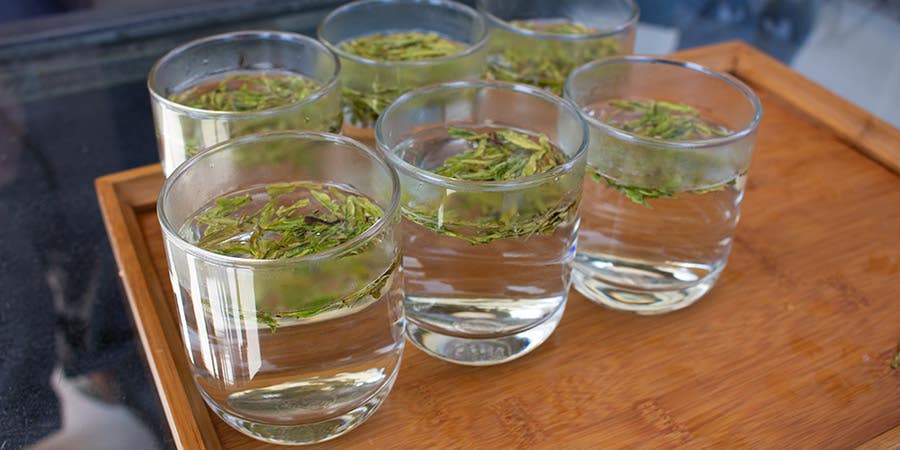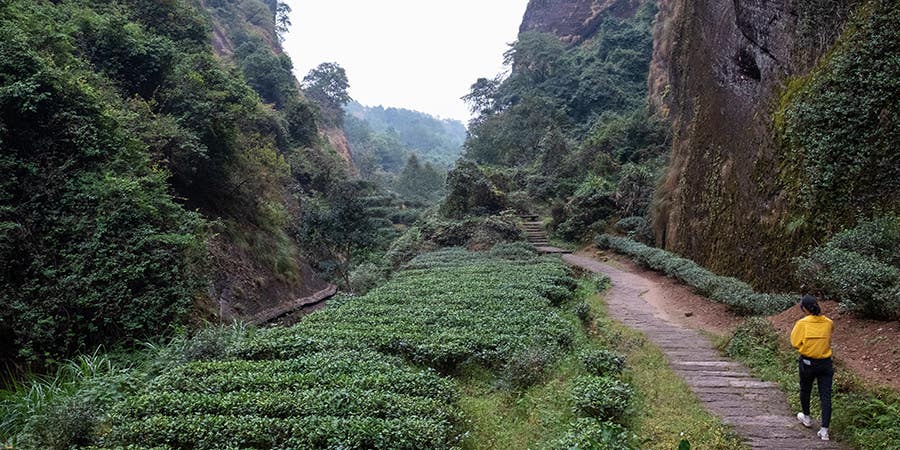Written by Felicity
Hint: It's the opposite of the UK's approach
Researchers at Zhejiang University (China's major academic tea-hub) have announced this year's top tea brands based on ‘brand strength’ and profitability; they considered 97 brands. But these brands are not what you might expect. There are no Chinese equivalents to PG Tips or Typhoo here. Every brand is an origin specific tea. They include ‘West Lake Dragonwell’, ‘Puerh’, ‘Xinyang Maojian’, ‘Fuding White Tea’ – each one contains the name of the place it was produced and the specific tea style. Those examples just happen to be the top four in the profitability rankings, but the list is the same type all the way down.
It’s a clear indication that, in China, substance (origin) matters more than style (branding, as we would understand it). In the home of tea, tea has never been commoditised. Instead, individual teas are prized for their terroir – for their special combinations of natural environment and masterful craftsmanship that make them unique.

Why is China's approach paying off?
The decline some of the UK's biggest tea brands has been well reported now for a few years. This report shows that China's brands are doing the opposite, their revenue and profitability is in growth. The research noted there was a 13% jump in the overall strength of the 97 brands from the previous year, suggesting the positive influence of origin remains as strong as ever.
China's origin driven approach to branding seems to be delivering more for tea drinkers. Builder's tea in China is typically loose leaves from a single origin dropped into a glass; connoisseur tea is a flavour experience on a par with the world's finest and rarest wines. Builder's tea here in the UK is comparatively a characterless drink without specific origin, in a dusty teabag - I think there's scope for improvement!
And this origin approach also seems to be delivering more for producers - the report is showing that the stronger the brand, the higher the revenues and profitability for producers.
How can you tap into the benefits of this if you're outside China?
One of our most basic bits of advice is to always check to see where a tea is from – you want to know the region and, ideally, the garden it’s been grown in. If a packet isn’t proud to tell you that, then what’s inside probably isn’t worth bothering with.

Looking forward
The UN’s first International Tea Day last month highlighted that a strong sense of origin can help producers transform the tea they sell from a commodity into an individual product that can command a premium. That premium can, in turn, improve the quality of lives in tea-producing communities. This research from the birthplace of tea shows us that a single origin approach is a viable model. Now it’s time for the rest of the world to sit up and help its producers shout a little louder about their origins.


